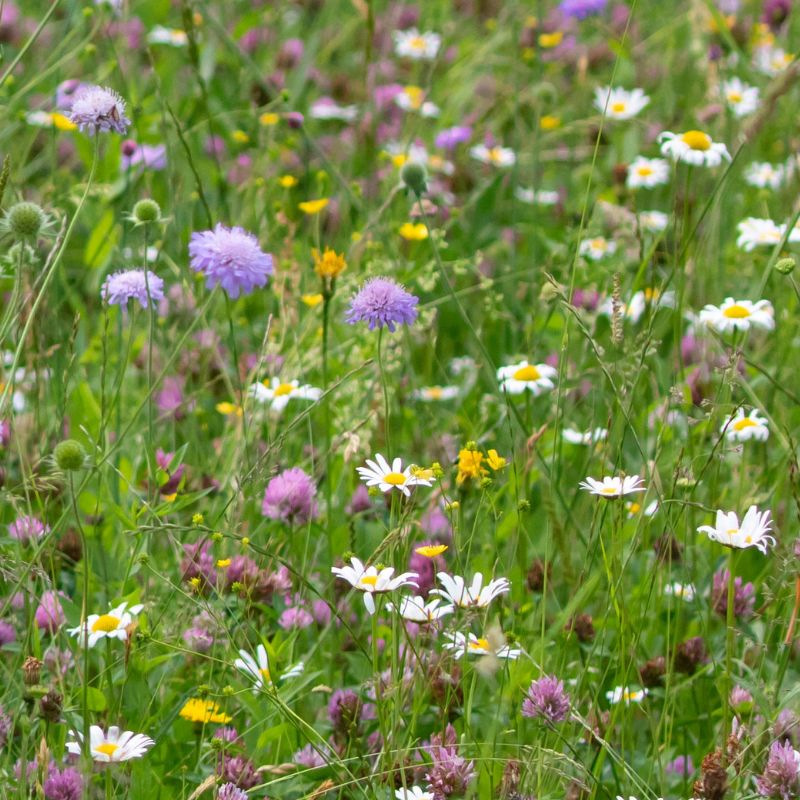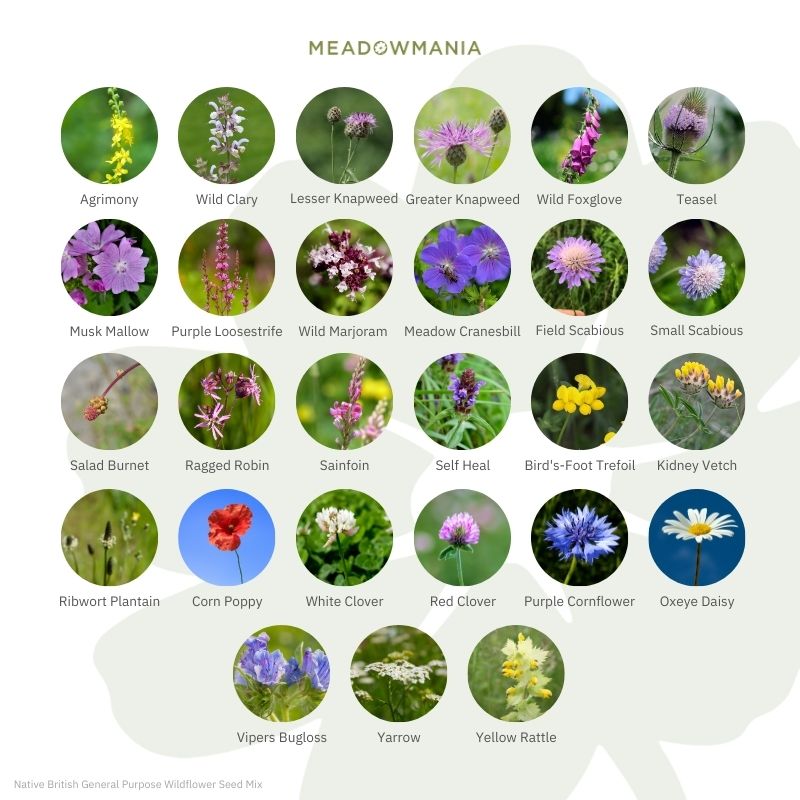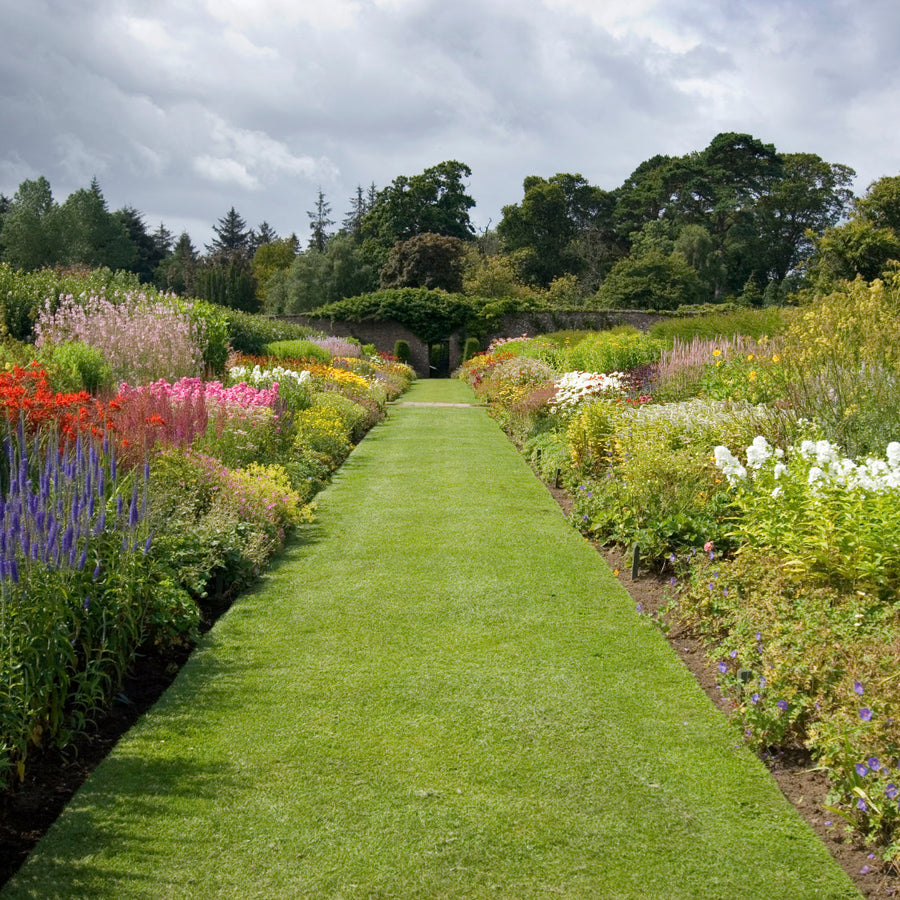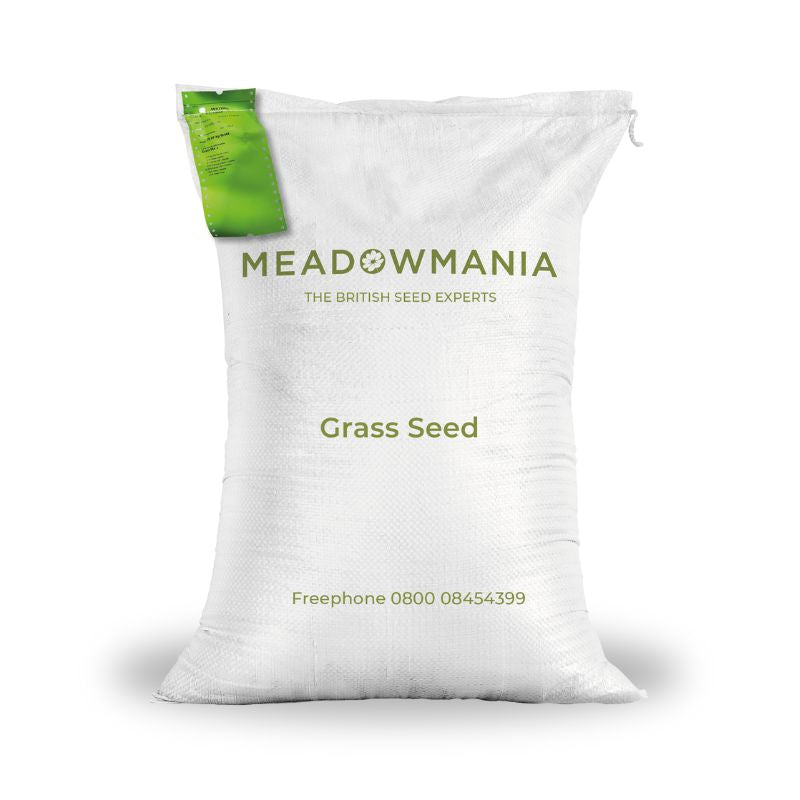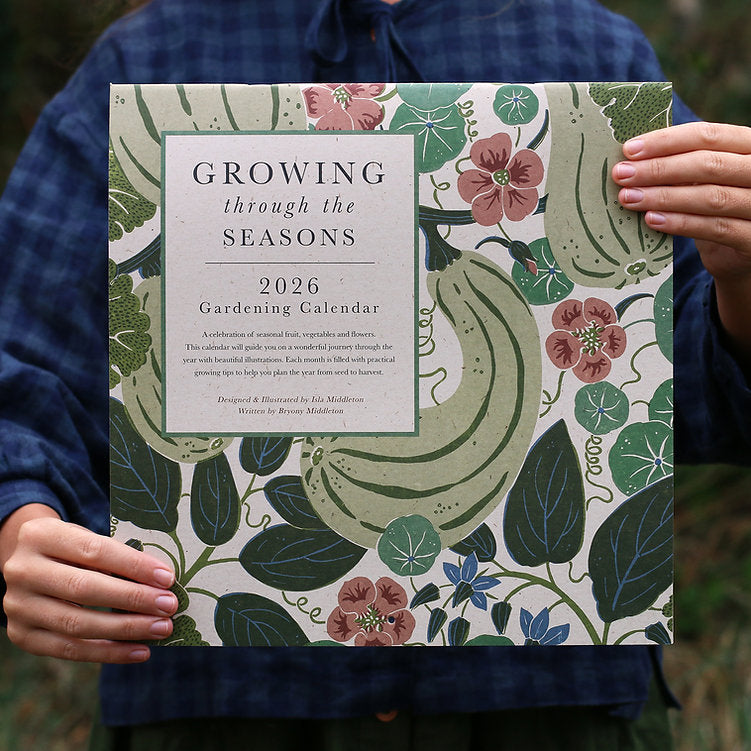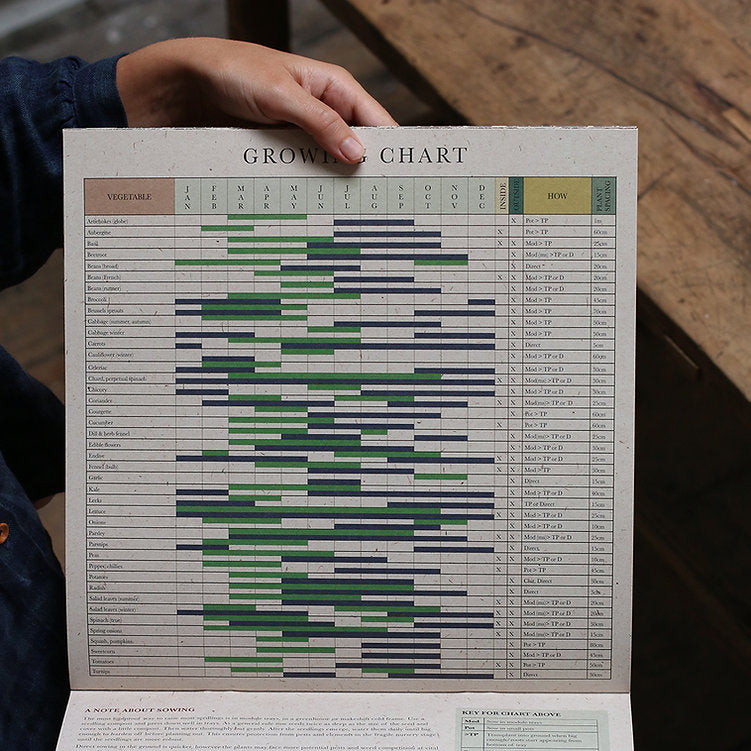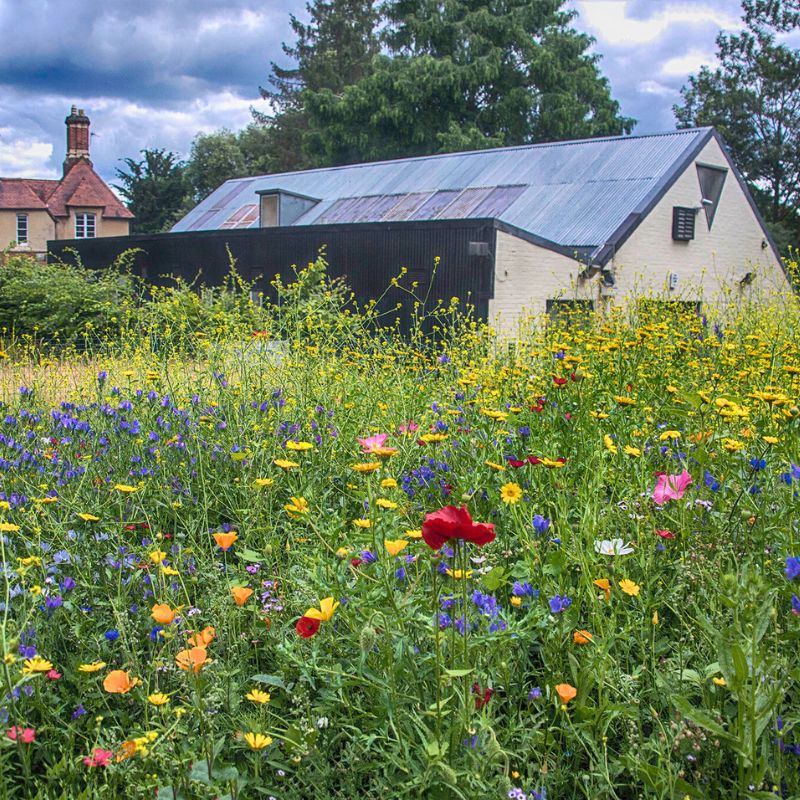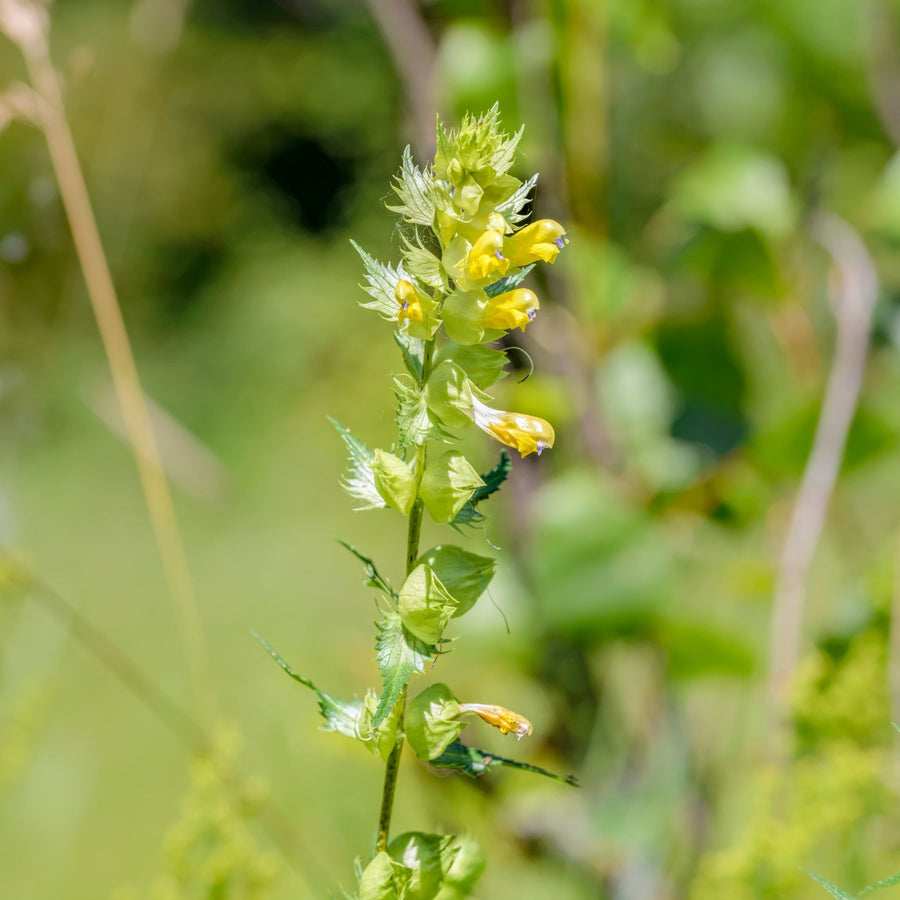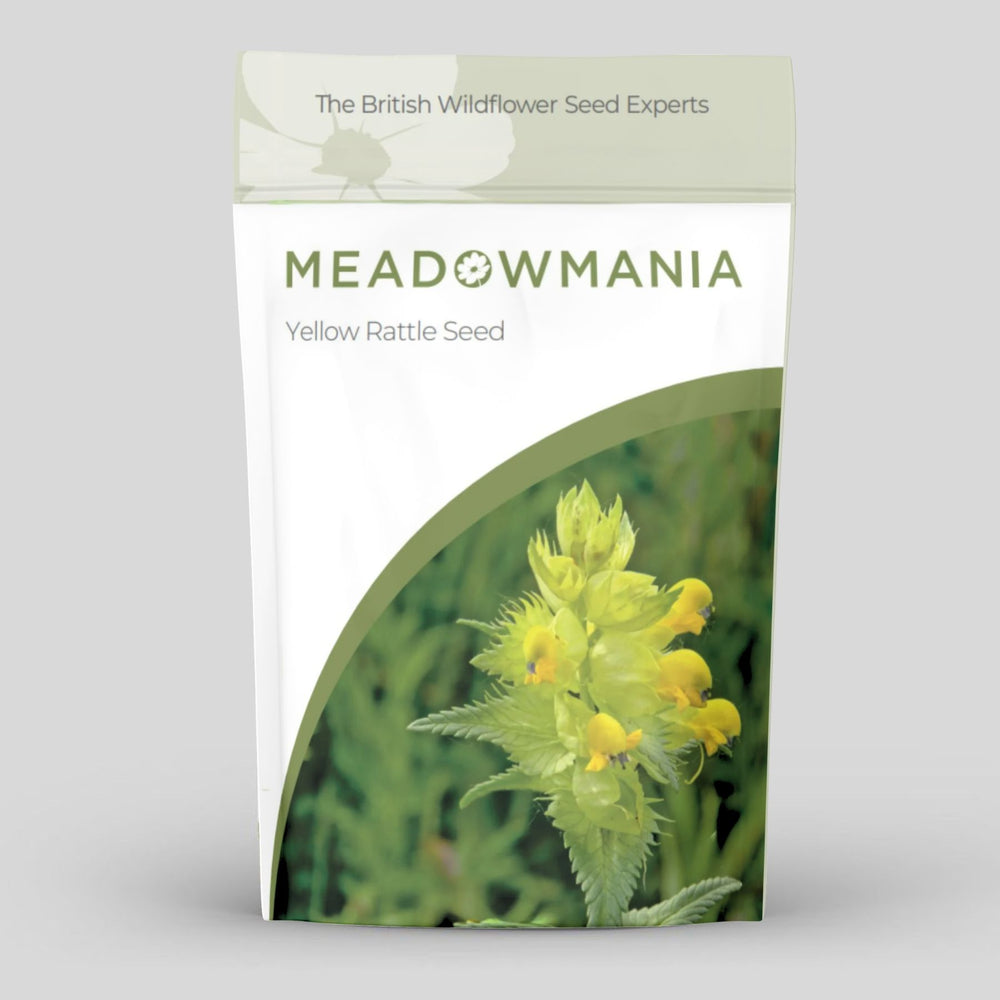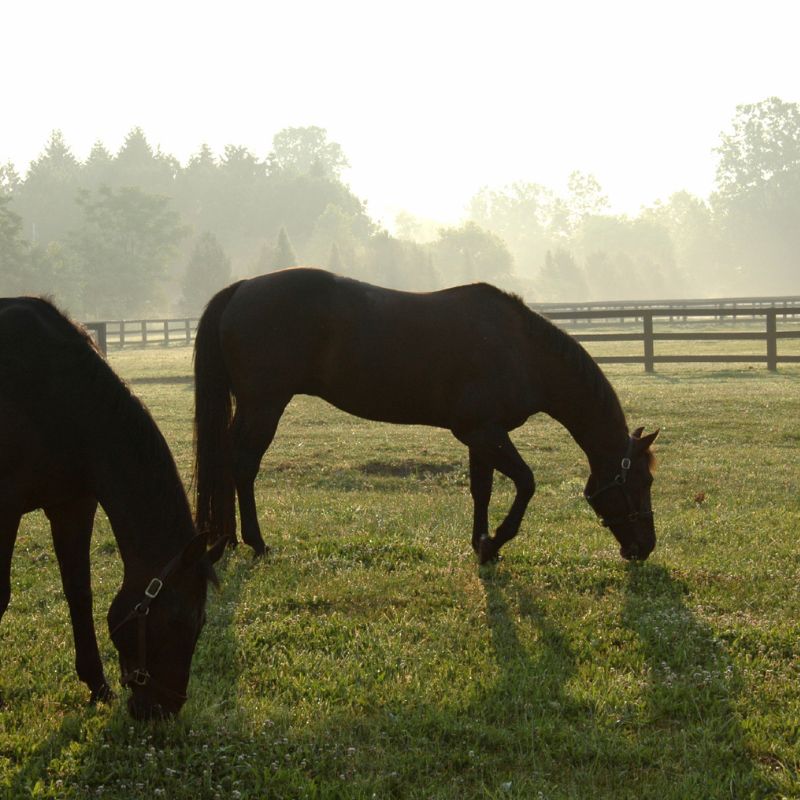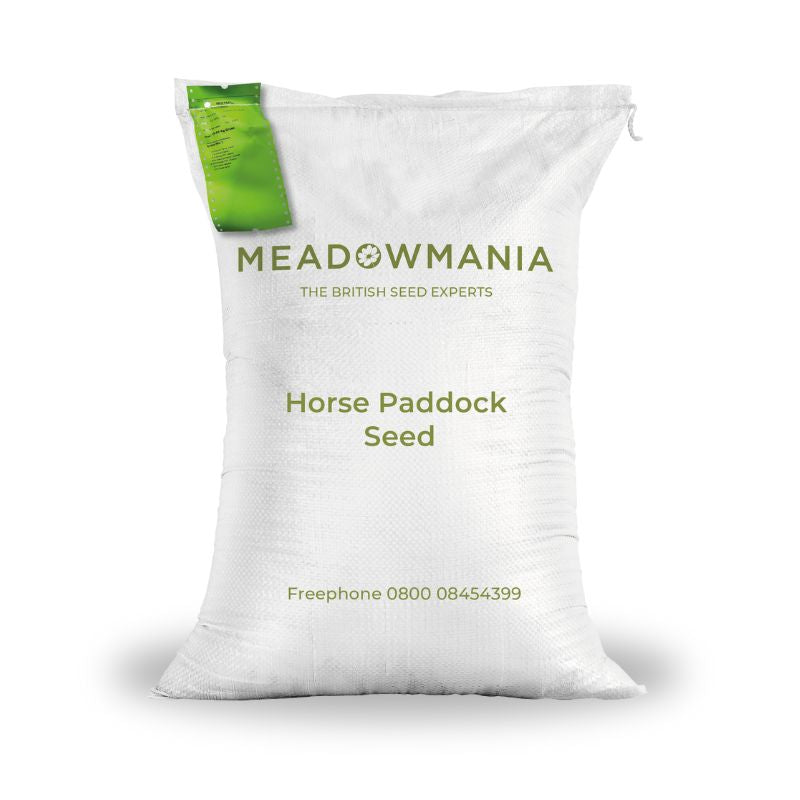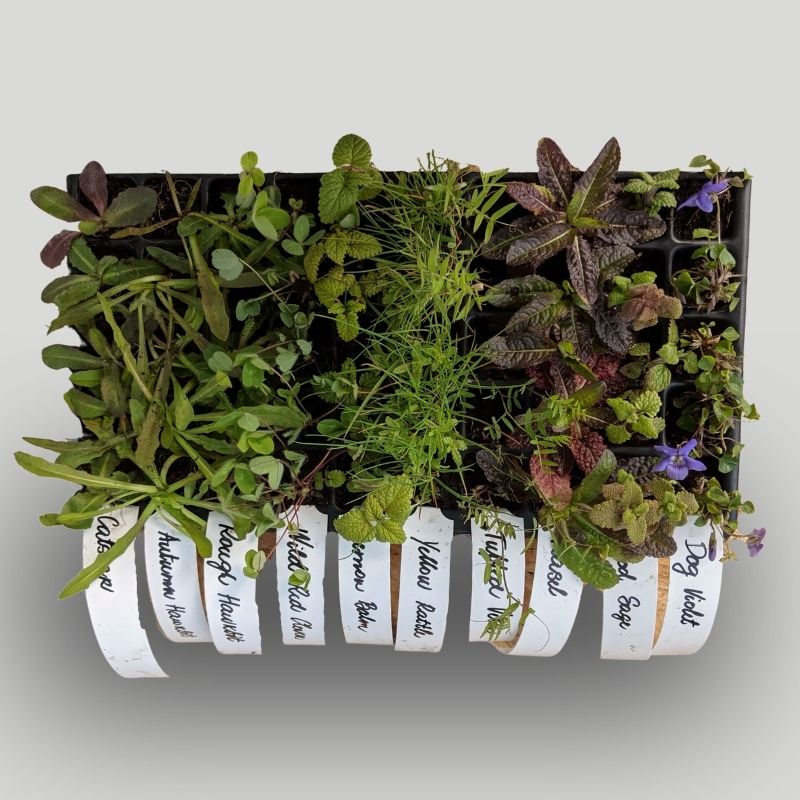
Where and how to grow Native English Bluebells.
 Bluebell Wood
Bluebell Wood
Where and how to grow native English Bluebells. Although Bluebells are seen abroad the image of a carpet of Bluebells in flower in amongst woodlands is a very British Scene. As follows are some brief notes on how and where to grow Native English Bluebells. Also a short explanation of the difference between Native English and Spanish Bluebell’s
English Bluebells.
In the wild Bluebells grow in woodlands or in grasslands. They will do well in a garden along side a hedge or around a tree. They are particular striking in May when grown along side Red Campion. The combination of red and blue is particularly attractive.
Bluebells like slightly lighter, acidic soils. They work best where the soil is well draining
How to establish Native English Bluebells
Bluebells are perennial plants that grow best from bulbs. They can be planted in the Autumn from the beginning of September through to early November if the conditions are good. They can be also be planted in the spring as In the Green Bulbs.
If planted in the autumn then plant the Bluebell bulbs about 15 cm apart to a depth of about 5 cm. Plant in a random rather than regimented pattern.
Bluebells can self seed profusely. They need a winter period to break dormancy. You can plant Bluebell seeds but it may take many years before you see them in flower.
Bluebells will flower in May and grow to a height of about 30 cm. Once established they will grow back each year and if they like the conditions will spread over time.
One big debate is the problem with foreign Bluebells which are being planted in amongst British ones and diluting the effect. Below is a brief explanation of the difference between the two. The best defence is to make sure you buy Native English Bulbs from a reputable supplier.
|
Native Bluebells |
Spanish Bluebells |
|
Narrow leaves about 1cm or 1.5cm wide, |
Broad leaves often 3cm wide |
|
Flowers mainly on one side of the stem and drooping at the top |
Have flowers all round the upright stem |
|
Deep blue (sometimes white, rarely pink) flowers. |
Paler blue flowers (quite often pink and white ones too) |
|
Have a distinct, sweetish scent |
Have almost no scent. |
We have been sent this additional advice about Bluebells from Jim Macdonald. It is a very useful guide as to the difference between the types. There is also a link into Plantlife an excellent resource for those who want more information
There are 5 characteristics to look for.
English
- Flower spike hangs over to one side, flowers hand down,
- Petals in a tube and curved back markedly,
- Pollen is not coloured (you need to be sure to see pollen to ID it, it is easy to think the pollen is cream but it may have all fallen)
- Have strong perfume
- Petals when blue the colour is a deep blue, purplish almost (EBB’s can be white or pink sometimes but it is arguable if this is not a case of hybridisation).
Spanish
- Flower spike erect, flowers face out all around stem,
- Petals are separate, splay out from base and curve back very little,
- Pollen is coloured blue or green
- Little if any perfume
- Petals when blue are pale blue (can be white or pink sometimes).


